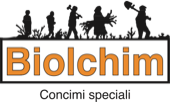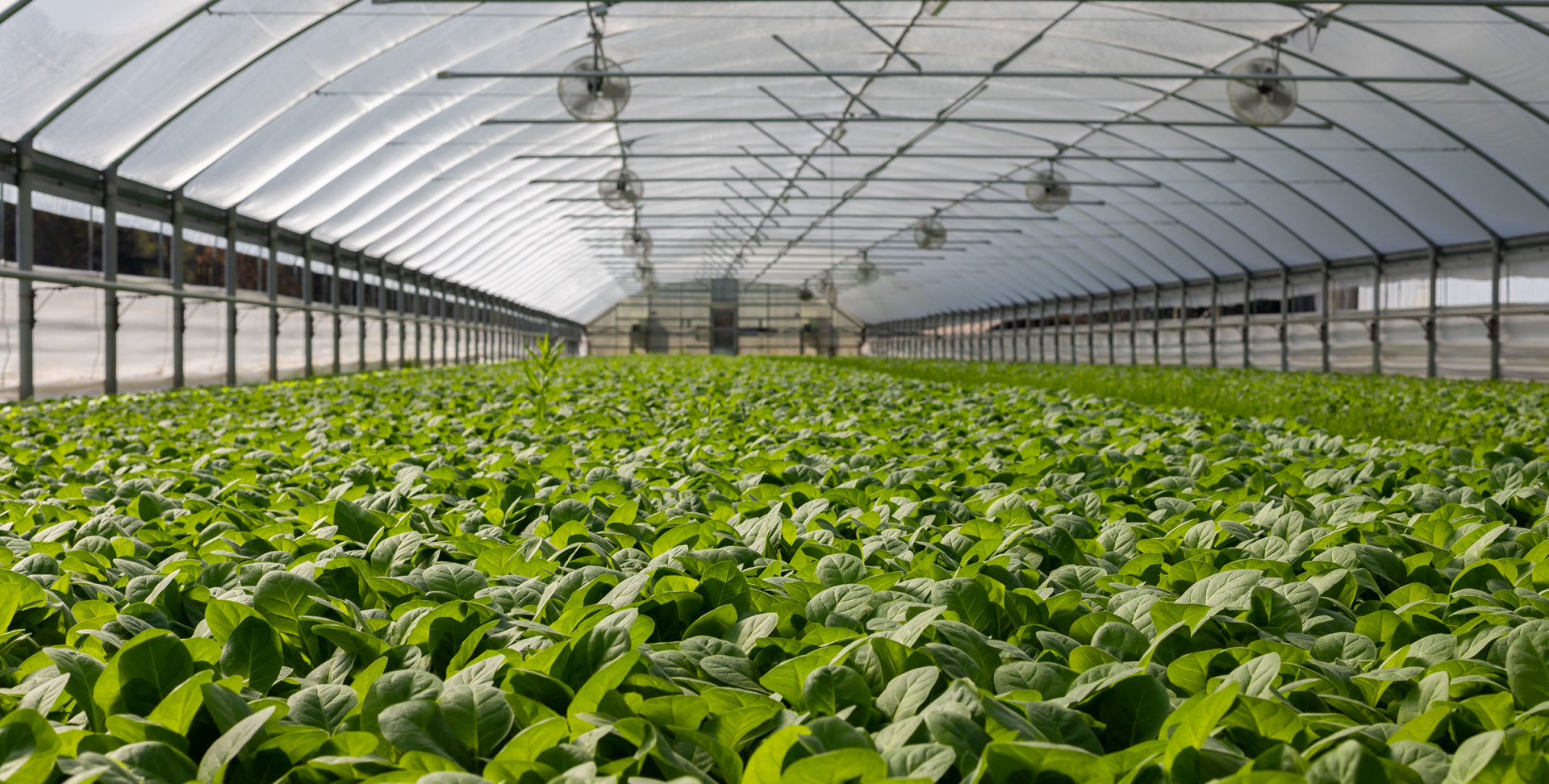Mycorrhizal fungi, what are they and how are they used
A strategy that enhances roots for stronger and more productive crops
Plants like strawberries and vegetables require a highly active and efficient root system to ensure rapid development and high productivity.
Often, due to soil characteristics or increasingly severe environmental adversities, roots fail to reach satisfactory extension and capillarity, thereby penalizing yields.
Let’s explore together how to maximize crop potential by simultaneously improving both soil and root system.
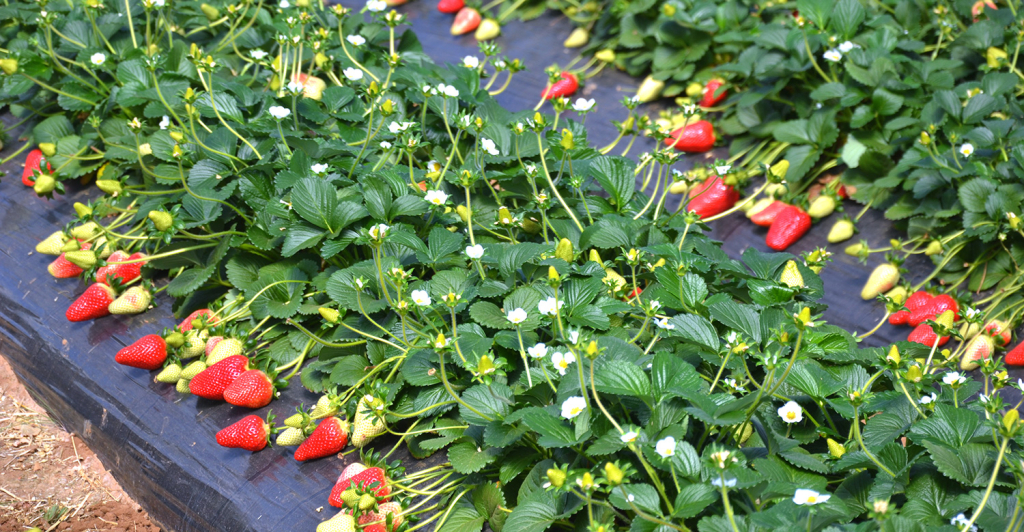
Issues related to soil exhaustion
To effectively address any agronomic issue, it’s crucial to first understand the context in which it occurs. Due to intensive agricultural use imposed by modern market dynamics, a large portion of soils is now suffering from what is known as fatigue.
This condition worsens soil characteristics across physical, chemical, and microbiological profiles, leading to reduced crop development, increased fungal diseases, delayed maturation, and a significant overall decline in productivity.
Given these conditions, adopting agronomic practices and strategies to enhance soil characteristics while boosting root performance is essential.
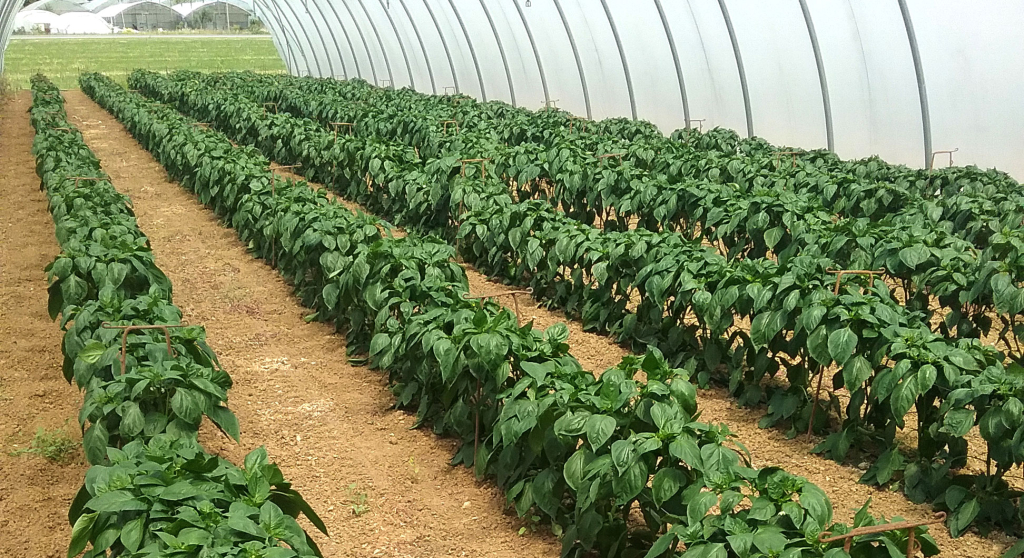
Mycorrhization: A solution to enhance root power
Soil is a vital resource for agriculture, and proper management of root, microorganism, and soil interactions is crucial for crop development and productivity. In this context, one of the most innovative and effective strategies for promoting crops is mycorrhization.
This technique fosters a beneficial symbiosis between beneficial fungi and root systems: by directly connecting to root tissues, these fungi enhance root exploration capabilities and improve the root ecosystem. Mycorrhizae enhance nutrient and water absorption for plants, receiving carbohydrates in return that promote plant growth.
Mycorrhizal-based fertilizer: new technology for strawberries and vegetables

VHERA® MB formulation by Biolchim is the innovation introduced to combat soil fatigue and enhance productivity in vegetable crops and strawberries.
It’s a concentrated microbial consortium (essentially a probiotic) capable of colonizing the rhizosphere and establishing beneficial relationships with plant roots. VHERA® MB allows:
- expansion of root exploration zone;
- aid in restoring soil fertility;
- promotion of robust plant formation.
Thanks to VHERA® MB plants exhibit greater resilience against adversities, increased root absorption capability, and enhanced productivity.
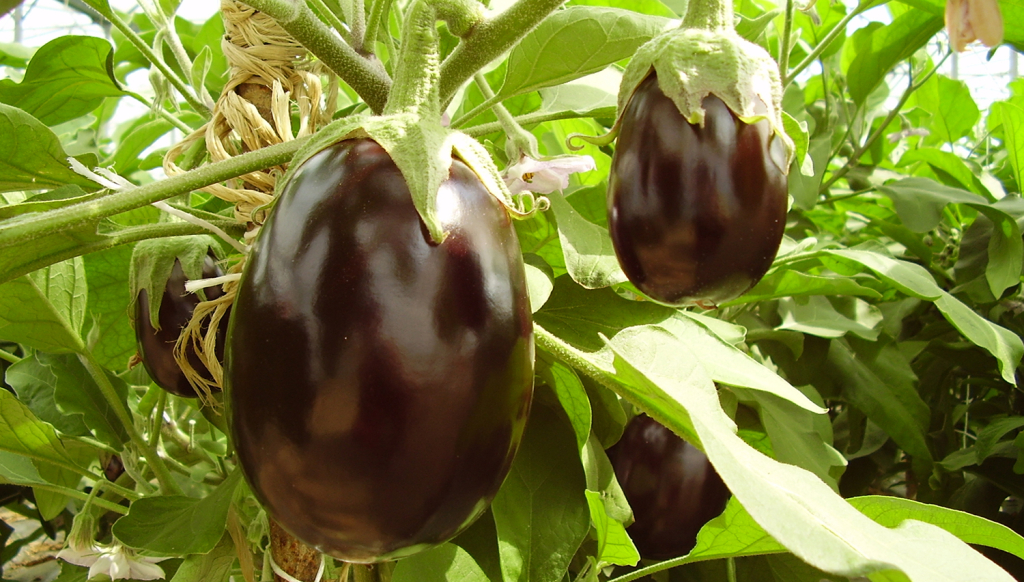
VHERA® MB, features and practical advantages
The product contains arbuscular mycorrhizal fungi, rhizosphere bacteria, and Trichoderma harzianum: microorganisms that collaborate to improve soil health and support optimal crop development.
Using VHERA® MB on strawberries and vegetables offers numerous benefits:
- overcoming transplant stress;
- optimal root system development;
- improved water and nutrient absorption;
- stronger plants less susceptible to stress.
Proven effectiveness: using VHERA® MB on strawberries
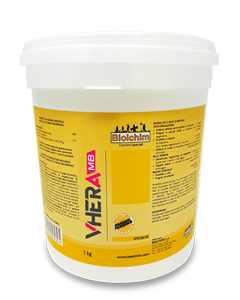
A recent trial was conducted on the Melissa strawberry variety at an installation in Fasanara di Battipaglia (SA). The strawberries were grown in mulched culture and irrigated with a drip system inside an iron and plastic greenhouse. The soil conditions were unfavorable for root development.
The strawberry plants were transplanted on October 10 over an area of 3000 square meters and treated with VHERA® MB via fertigation after about one month.
After 45 days from treatment, the plants treated with VHERA® MB showed significant growth improvement and earlier development, yielding 750 g/plant compared to 680 g/plant in the control plot—a 10% increase in productivity.
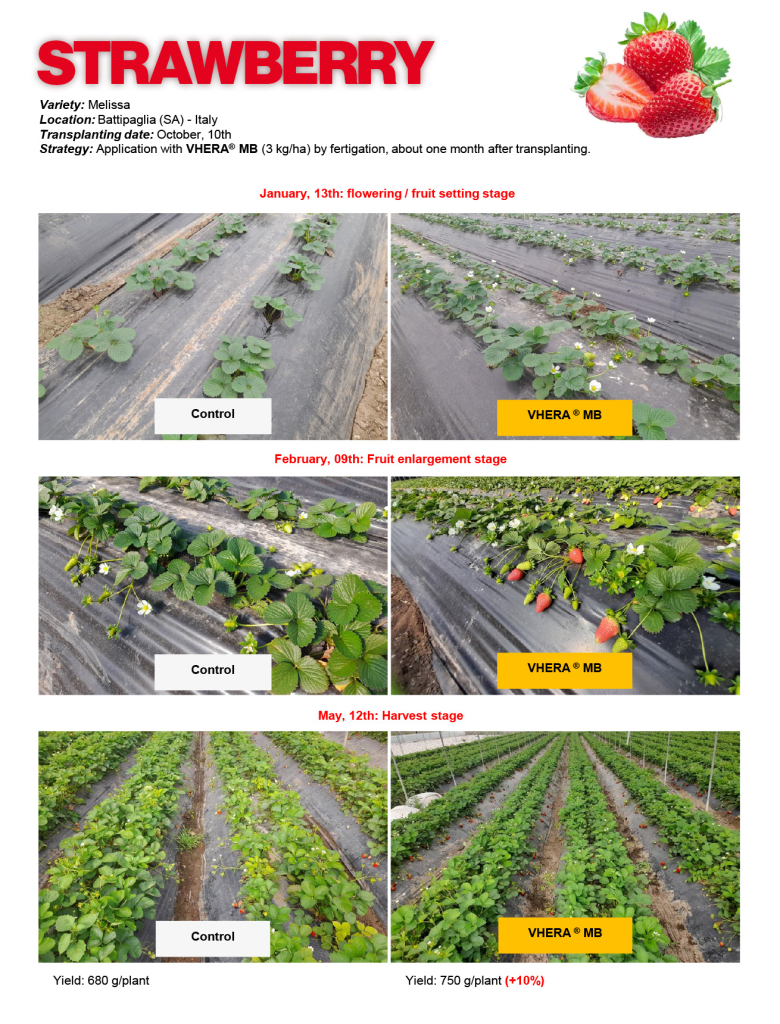
Mycorrhizing vegetables and strawberries: VHERA® MB and VHERA® Life
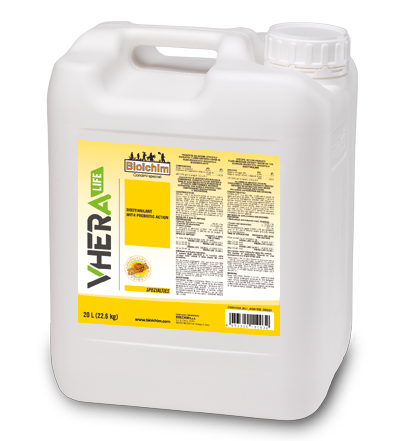
Using VHERA® MB proves to be a winning strategy for improving the health and productivity of shrub and vegetable crops, with evident benefits even in challenging or exhausted soils.
Application of the product should be done via fertigation in the first days after transplanting.
To amplify the benefits of VHERA® MB, Biolchim recommends combining it with VHERA® Life: a root and soil microbiome biostimulant that exerts a potent prebiotic action. In more challenging soils, it’s suggested to repeat the fertigation treatment approximately 30 days after planting.
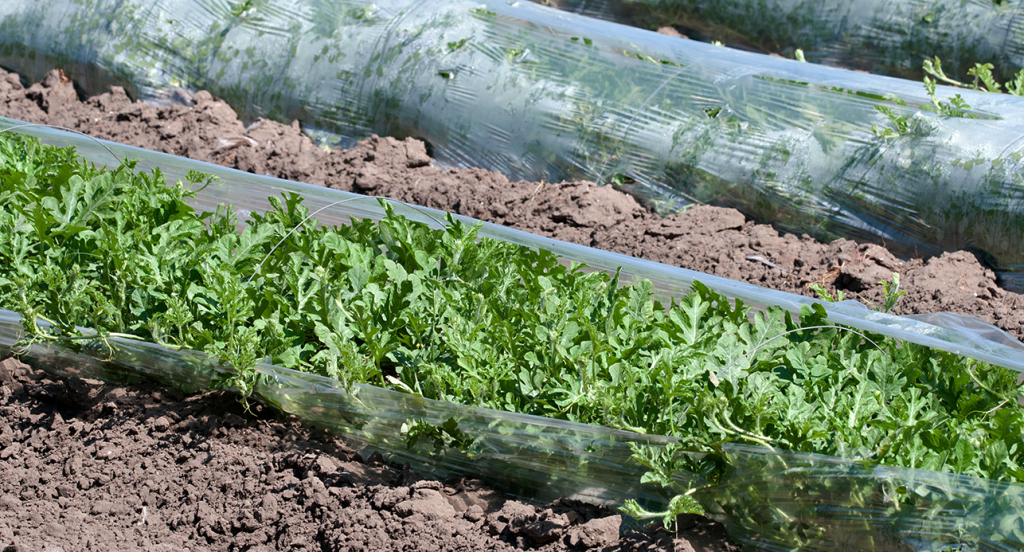
Contact Biolchim’s technical service for further information and discover how VHERA® MB and VHERA® Life can transform your cultivation.



